Low Mill, a small corn mill presently under private ownership, stands beside the swift waters of the River Seph amidst the charming valley of Bilsdale. Historical records date its inception to the 16th century, though subtle signs suggest its presence may extend as early as the 12th century, coinciding with the establishment of Rievaulx Abbey.
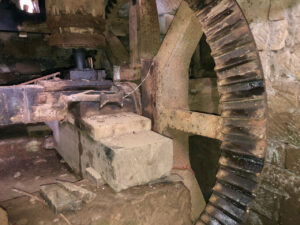
The mill likely begun as a simple single-story structure, housing a pair of millstones with a rudimentary propulsion mechanism sheltered beneath a thatched roof. Such a structure would have remained unchanged for many centuries.
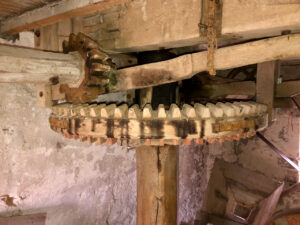 In the late 18th century, the mill underwent significant enhancements and expansions. The weir was rebuilt, and the upper storeys were added, topped with a red pantile roof.
In the late 18th century, the mill underwent significant enhancements and expansions. The weir was rebuilt, and the upper storeys were added, topped with a red pantile roof.
The water wheel itself is housed in the lean-to abutting the east gable, supplied by the race shown in the image. Notable upgrades to the mechanism occurred during the 1850s, with cast iron replacing certain wooden components.
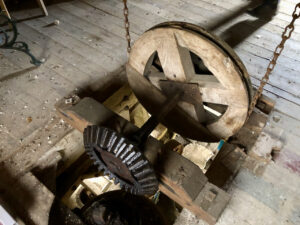
From the late 18th century, advancements in steam-powered technology, enhanced transportation methods, and foreign competition added to the challenges faced by local mills, rendering them progressively unprofitable. Despite catering to a relatively secluded agricultural community, Low Mill continued to operate for longer compared to other mills. Nevertheless, by the 1920s or 1930s, it too had succumbed to these economic pressures.
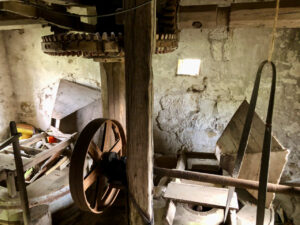 Regrettably, come the 1960s, Low Mill was in a state of disrepair. It was restored twice thereafter, initially during the 1970s and subsequently in the 2000s.
Regrettably, come the 1960s, Low Mill was in a state of disrepair. It was restored twice thereafter, initially during the 1970s and subsequently in the 2000s.
Source:
Gamble, Jane. “Low Mill in Bilsdale: an 800-year old watermill”. TEESSIDE ARCHAEOLOGICAL SOCIETY. Bulletin Number 26. 2022. Page 54.
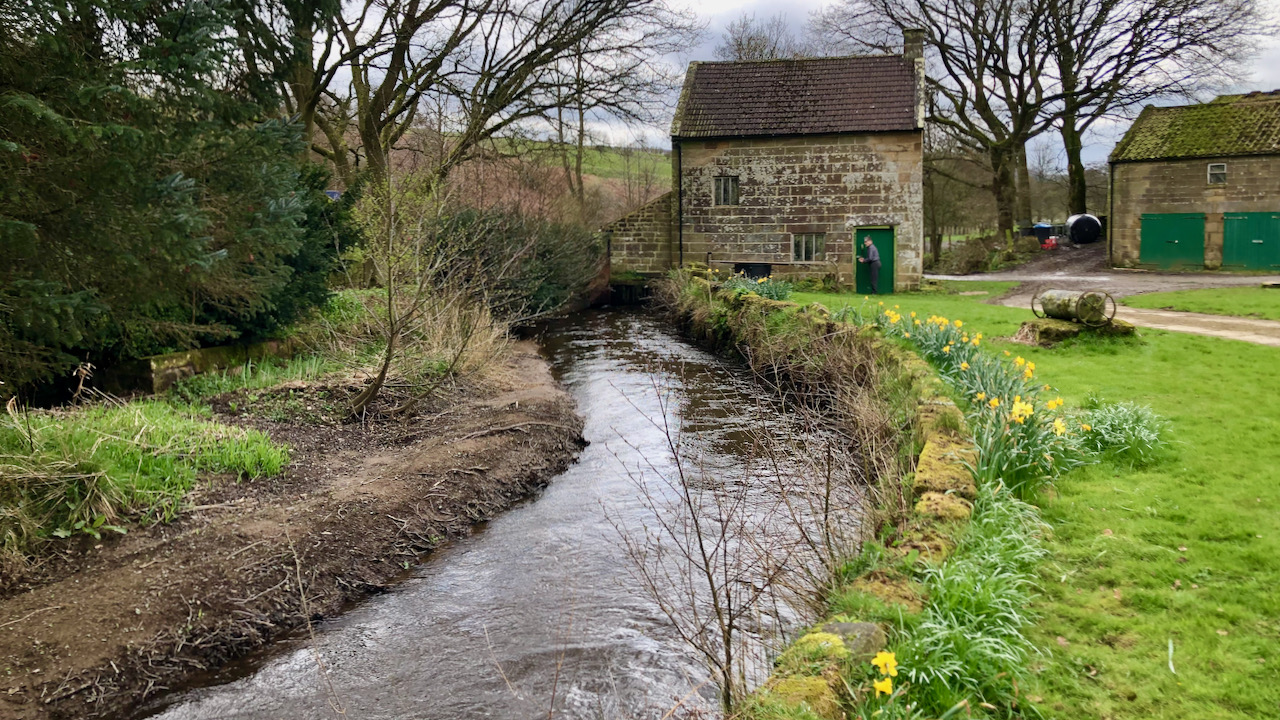
Leave a Reply